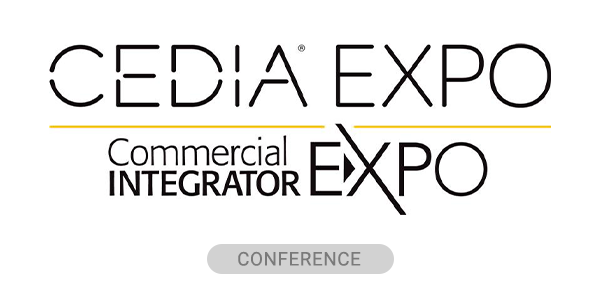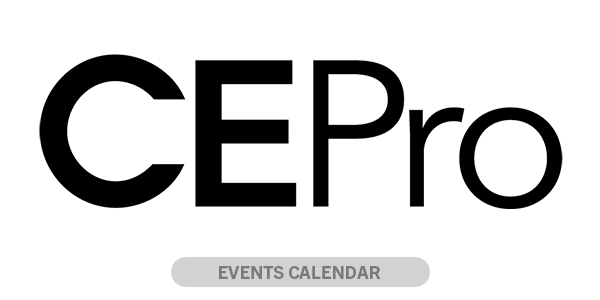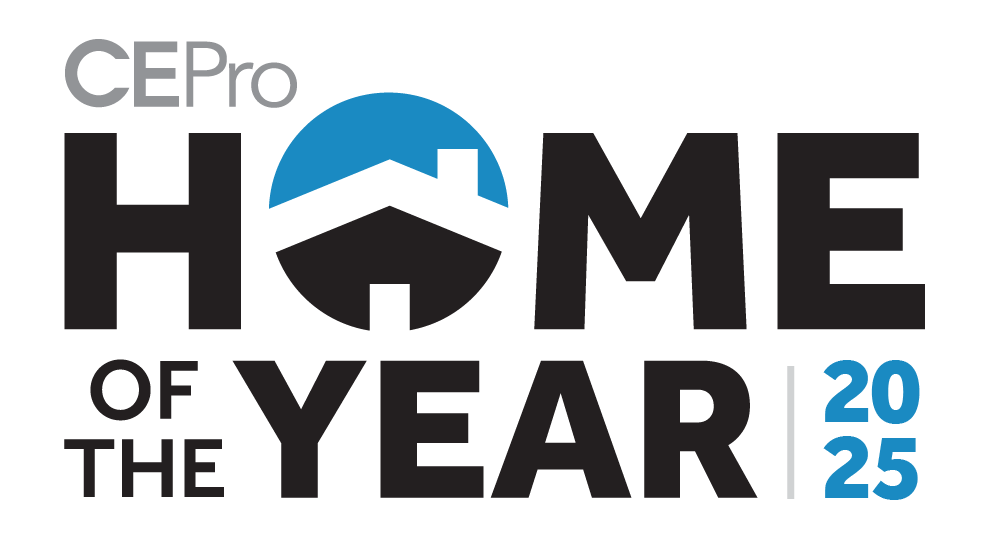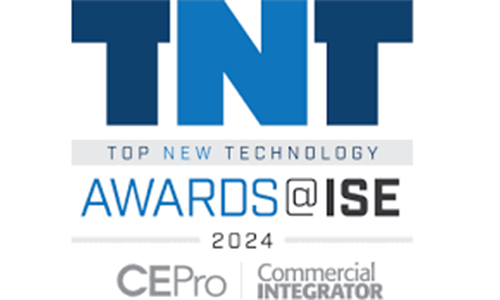Before it became Simple Control, Roomie Remote had great promise as a powerful AV and home automation app, boasting more than 60,000 paying customers and a regular spot on Apples Top 10 list for Lifestyle apps. (Read: “Simple Control Has Big Potential in Home Automation Market, Both Pro & DIY“)
The genius behind the IoT software, master cryptographer Will Price, probably could have sold his intellectual property to some big player like Google/Nest, which opted instead to buy start-up Revolv. But Price, who founded Roomie Remote in 2010, chose instead to take the company to the next level.
In my opinion, Roomie has chosen the right path forward, implementing new products and business practices that could make it the next big thing in home automation. Not that Roomie necessarily listened to me, but these have been some of my recommendations for them – and others like them – over the years.
Software-centric home automation providers would do well to follow Roomie’s lead.
1. Partner with home-tech channel veterans and business leaders. (Roomie brought in Jim Wohlford and Ken Fairbanks as investors and active board members, and then hired industry veterans Keith Pribyl and Rob Zurn.)
2. Change the name from Roomie Remote, which lacks gravitas. (Now Simple Control.)
3. Overhaul the Website from a tech haven to a clean and user-friendly site. (Check.)
4. Make hardware! Previously, Roomie Remote ran on the customer’s own computer or PC appliance. Now Simple Control offers the Simple Hub ($270), which brings seamless network connectivity and remote access to the platform.

Next: Simple Control Could be Home Automation’s Next Big Thing
Except for the hardiest do-it-yourselfers, consumers don’t really “get” home automation software unless it’s embedded in some kind of hub. Furthermore, hubs can be marketed more effectively to a broader market than app downloads.
Even dealers want hardware. It helps them to get a product on the network more simply and (at least in this case) more securely. It is a thing they can pull of their shelves and sell. Integrators have never really been successful selling standalone home-automation software, dating all the way back to the days of Premise Systems in the 1990s.
5. Charge more, build bigger. Simple Control was going to roll out a dinky $100 network appliance that was physically smaller than its big features suggested. Make the thing bigger, call it a hub and charge $300 for it. ($270 is close enough.)
6. Tap the home-technology channel, offering exclusive products with traditional margins and RMR (recurring monthly revenue) opportunities. (Simple System, Simple Service … check.)
In the security industry, dealers purchase hardware from the manufacturers and then give it away to their customers in exchange for RMR. This is what every manufacturer dreams of: selling a product that dealers give away.
Additional Recommendations for Simple Control (Free!)
1. Add radios to the hub, namely Lutron ClearConnect for Caseta lighting and Serena motorized shades, and Z-Wave for everything else.
Currently Simple Control supports Z-Wave and Lutron products through third-party hubs like SmartThings, Vera and Lutron’s Smart Bridge, adding a level of complexity to the ecosystem.
Adding these capabilities natively would provide Simple Control and its dealers an easier integration path, as well as an important diagnostics tool for whole-house control.
2. Provide a simpler and more elegant user interface as an option. Simple Control does a lot. That doesn’t mean it has to show a lot on the screen. Follow the path of Savant, allowing users to easily capture and recall a scene with a button-press and a photo.
3. In marketing materials, show simpler UIs. The screen shots shown today look complex and, dare I say, too masculine. The casual user will be frightened. Not to worry, the control geeks will find the screens that show every function on the IoT planet.
NEXT: Simple Control Has Big Potential in Home Automation Market, Both Pro & DIY
4. Add a handheld remote control to the ecosystem for hard-button die-hards like me. Simple Control does offer a nice UI for when the user is already engaged with the TV, providing big spaces for gesture controls and sliding buttons that you can't accidently trip (video below.)
5. Integrate with security systems. Two-way IP integration with popular alarm panels would help lure the important security channel into the home automation and A/V business.
6. Charge more for recurring service. Simple Control maxes out at $50 per year. I believe the market can support $90 per year.
7. Change the name. Yeah, they're going to hate me, but Simple Control is too generic. While it's a great trademark to have, it's a forgettable brand for a product. Play around with something snappier. Think Wink, Harmony, Nest, Lutron or Crestron, Joolz (a girl can try) — words that don't necessarily mean anything but are memorable.






